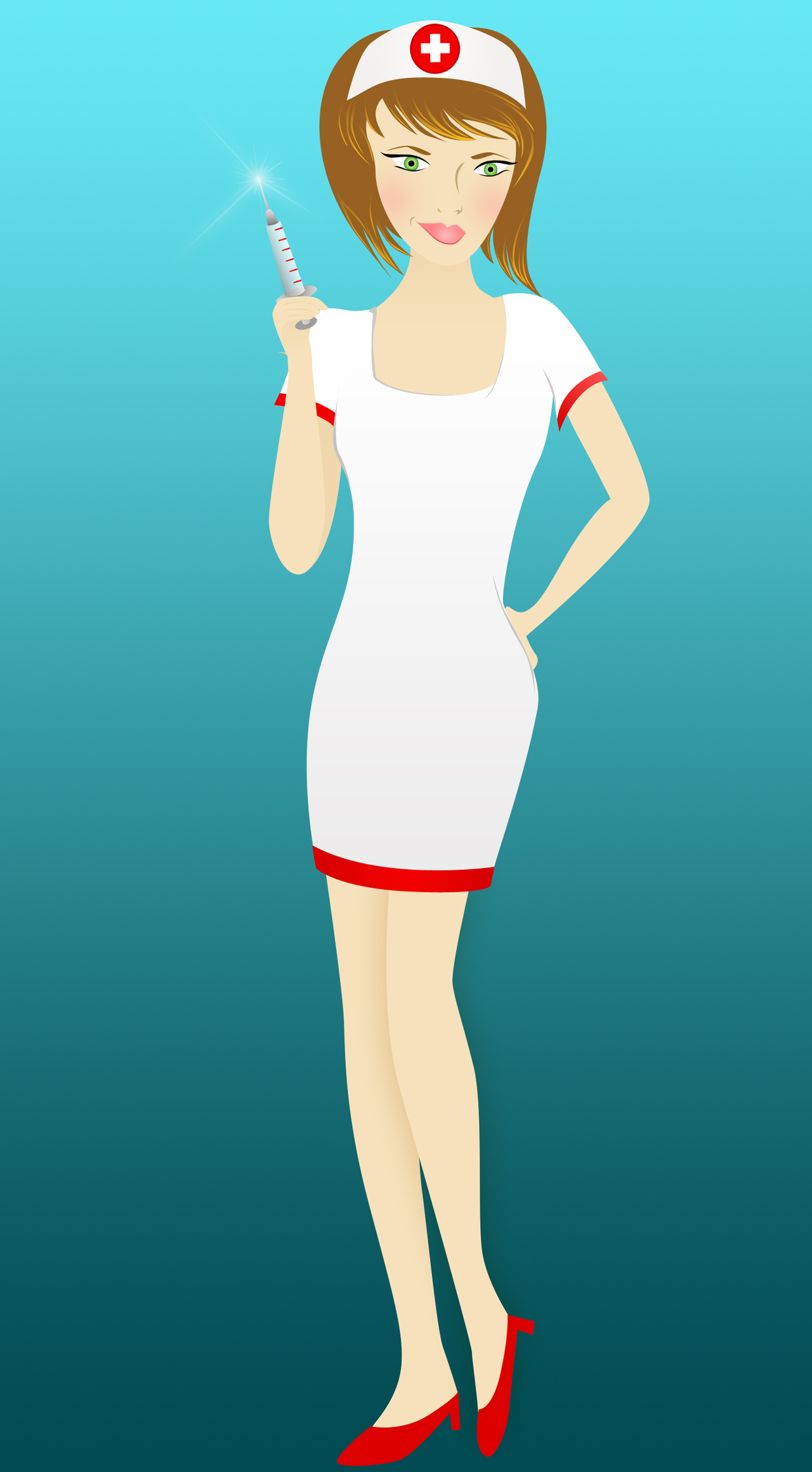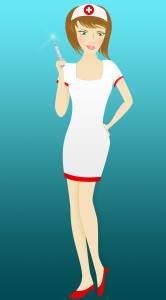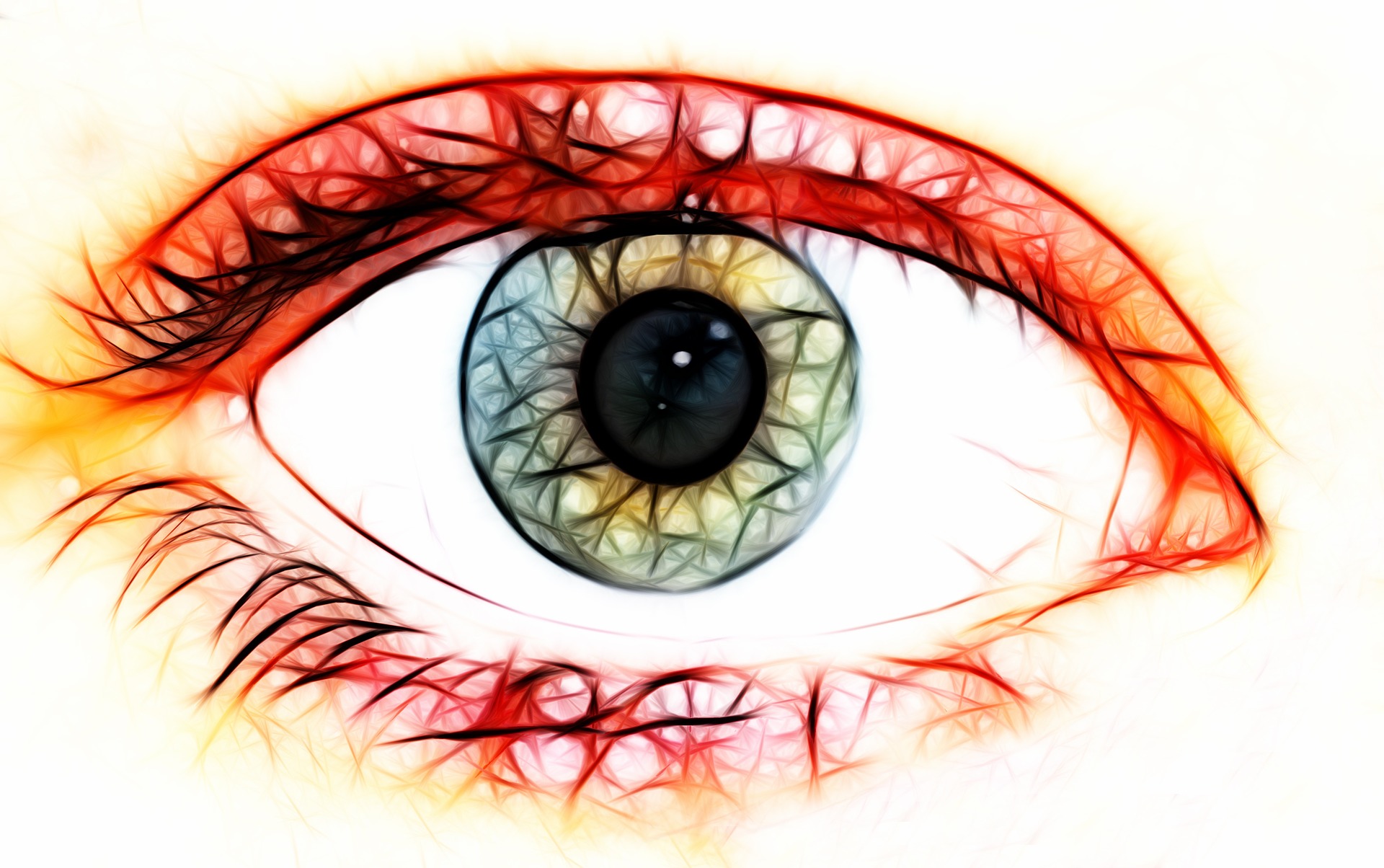
SICKLE CELL AND STROKE
Here I was researching the reason why people in their thirties and forties are having strokes. I then came across articles that said one of the causes of stroke is Sickle Cell. Now, I felt the need to read some more and dig deeper:
Stroke is a common and potentially devastating manifestation of sickle cell disease (SCD) that can affect children and adults. Challenges in management include distinguishing acute stroke from other cerebrovascular manifestations of the disease such as meningitis, cerebral malaria, or seizure disorder, and distinguishing acute ischemic stroke from hemorrhagic stroke. Care of the patient with an acute stroke requires specialized expertise in exchange transfusion practices.
http://www.uptodate.com/contents/acute-stroke-in-sickle-cell-disease
Strokes are an occurrence one expects to see in older people, but in children with sickle cell disease (SCD), they occur most commonly at age 5. Sickle cell disease is the most common cause of childhood stroke. The majority of strokes in this population occur between ages 3 and 14. In those with SCD, ischemic strokes most often occur in children under the age of 15 and adults over the age of 30, while hemorrhagic strokes most often occur in young adults between the ages of 20 and 30.
http://www.strokecenter.org/patients/about-stroke/pediatric-stroke/stroke-in-children-with-sickle-cell-disease/
What is a stroke? A stroke is a brain attack. It happens when the blood supply to the brain is cut off due to: • a clot blocking the flow of blood to the brain (also known as an ischaemic stroke) • or a bleed in or around the brain from a burst blood vessel (also known as a haemorrhagic stroke).
When the blood supply is disrupted, parts of the brain become damaged or destroyed. Some strokes are fatal whilst others can cause permanent or temporary paralysis to one side of the body and the loss of the ability to speak, read or write. Recovery is possible but may be slow and can vary from person to person. Children with sickle cell are at risk of having both ischaemic (a blockage; created by the build up of deformed sickle cells) and haemorrhagic (bleed) strokes, although ischaemic strokes are more common.
www.scyss.org/sicklecell_and_stroke.
If no treatment was offered after a first ischemic stroke in children with sickle cell anemia, the risks of recurrence documented by cohort studies have been between 20% and 92%. Two studies found a high risk of recurrence in children who had arteriographic abnormalities. Ever since transfusion therapy was shown to be effective at reducing recurrent events, it has been the mainstay of treatment for stroke in SCD. The aim of transfusion is to reduce the percentage of HbS and increase levels of HbA, thereby reducing the deleterious effects of sickling while improving tissue oxygenation. For acutely sick patients, such as those with severe chest crisis or neurological symptoms, treatment is usually simple or partial exchange blood transfusion. Although there has never been a controlled trial of transfusion, a chronic intermittent transfusion program, aiming to keep the HbS level below 30%, decreases the risk of stroke recurrence to between 10% and 20%.
http://www.medscape.com/
Causes of stroke
There are two main types of stroke – ischaemic strokes and haemorrhagic strokes – which affect the brain in different ways and can have different causes.
Ischaemic strokes
Ischaemic strokes are the most common type of stroke. They occur when a blood clot blocks the flow of blood and oxygen to the brain.
These blood clots typically form in areas where the arteries have been narrowed or blocked over time by fatty deposits known as plaques. This process is known as atherosclerosis.
As you get older, the arteries can naturally narrow, but certain things can dangerously accelerate the process. These include:
- smoking
- high blood pressure (hypertension)
- obesity
- high cholesterol levels
- diabetes
- an excessive alcohol intake
Another possible cause of ischaemic stroke is a type of irregular heartbeat called atrial fibrillation, which can cause blood clots in the heart that break up and escape from the heart and become lodged in the blood vessels supplying the brain.
Atrial fibrillation can have a number of different causes, including lung disease, heart valve disease, excessive alcohol intake, coronary heart disease, and an overactive thyroid gland (hyperthyroidism). Read more about the causes of atrial fibrillation.
Haemorrhagic strokes
Haemorrhagic strokes (also known as cerebral haemorrhages or intracranial haemorrhages) are less common than ischaemic strokes. They occur when a blood vessel within the skull bursts and bleeds into and around the brain.
The main cause of haemorrhagic stroke is high blood pressure, which can weaken the arteries in the brain and make them prone to split or rupture.
Things that increase the risk of high blood pressure include:
- being overweight or obese
- drinking excessive amounts of alcohol
- smoking
- a lack of exercise
- stress, which may cause a temporary rise in blood pressure
Haemorrhagic strokes can also occur as the result of the rupture of a balloon-like expansion of a blood vessel (brain aneurysm) and badly-formed blood vessels in the brain.
www.nhs.uk







